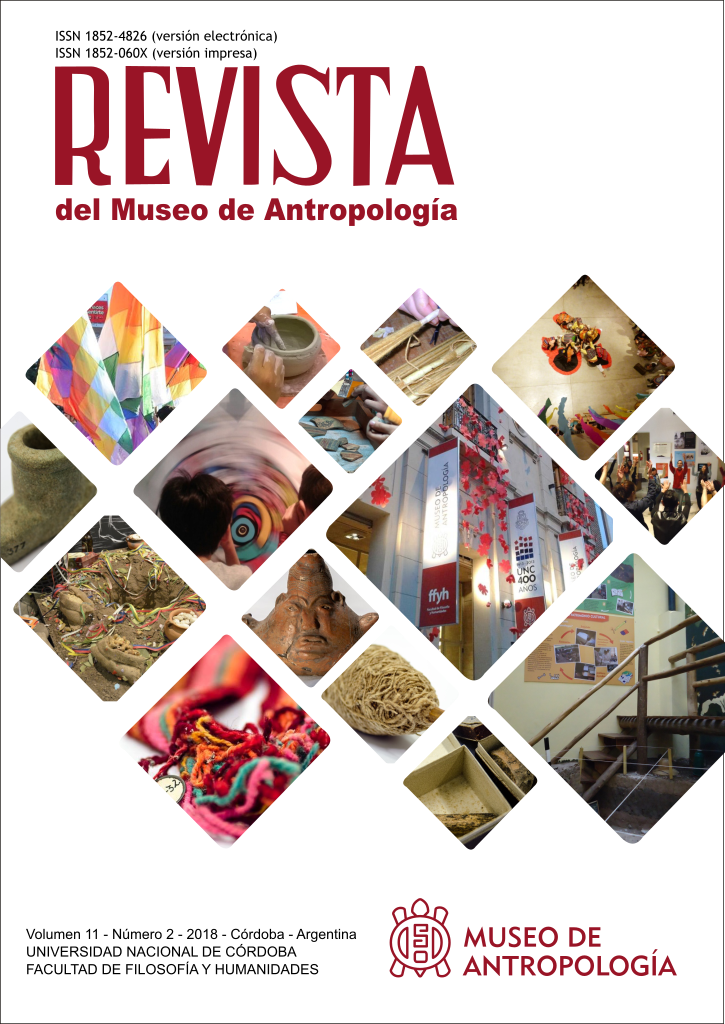Nietzsche, director of Museo Casa Histórica de la Independencia
DOI:
https://doi.org/10.31048/1852.4826.v11.n2.17480Keywords:
Nietzsche, History, museum, utility, humanismAbstract
The modern social sciences, as we know them today, were constituted in the second half of the nineteenth century, guided by the postulates of positivism. In the middle of that process, Nietzsche published the text “On the Use and Abuse of History for Life”, in 1874. In it, he criticized with hardness to those who conceive History as a luxury article, to those who believe that knowledge has to do nothing with life and the activities of men. On the contrary, he proposes a trinity of methods for history: monumental, antiquarian, and critical. This work, beyond its simulated history game appearance, is an exegesis of the German philosopher’s article, and an invitation to museum professionals, so that we reflect on the orientation we give to history museums and evaluate whether our activities are closer to uncompromising self-absorption or commitment to people’s lives.Downloads
References
Frey, H. (2015). Nietzsche: la memoria, la historia: la Segunda intempestiva entre la crítica al historicismo y la negación de la filosofía de la historia. Cuicuilco, 22, 64. Recuperado de http://www.scielo.org.mx/scielo.php?script=sci_arttext&pid=S0185-16592015000300014
Nietzsche, F. (2006). Segunda consideración intempestiva. Sobre la utilidad y los inconvenientes de la Historia para la vida. Buenos Aires: Libros del Zorzal.
Tilden, F. ([1957] 1977). Interpreting our Heritage. Chapel Hill: University of North Carolina Press.
Todorov, T. (2013). Los usos de la memoria. Memoria (Revista sobre Cultura, Democracia y Derechos Humanos), 10, 1-17.
Downloads
Published
Issue
Section
License
Those authors who have publications with this Journalaccept the following terms:
a. Authors will retain their copyrights and guarantee the journal the right of first publication of their work, which will be simultaneously subject to the Creative Commons Attribution License (Licencia de reconocimiento de Creative Commons) that allows third parties to share the work as long as its author and his first publication in this journal.
b. Authors may adopt other non-exclusive licensing agreements for the distribution of the version of the published work (eg, deposit it in an institutional electronic file or publish it in a monographic volume) provided that the initial publication in this journal is indicated.
c. Authors are allowed and recommended to disseminate their work on the Internet (eg in institutional telematic archives or on their website) before and during the submission process, which can lead to interesting exchanges and increase citations of the published work. (See The Effect of Open Access - El efecto del acceso abierto)












